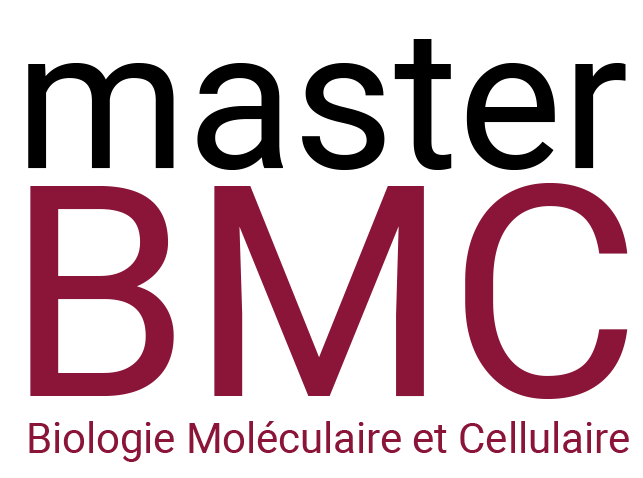Measuring whole blood oxylipin response as a functional read-out of human innate immune response
Responsable du Stage : Hasan Milena
Tél : 01 40 61 30 27 E-mail: milena.hasan@pasteur.fr
INSTITUT PASTEUR
Résumé du Projet de Stage
The inflammatory response is a tightly orchestrated process that starts with an acute response essential to eliminate the insult, followed by a resolution phase aiming at curtailing acute inflammation and restoring tissue homeostasis. Oxylipins are a family of hundreds of lipid mediators, produced by circulating immune cells, that synergistically act with cytokines to regulate the inflammatory response. The mechanisms of dysregulated inflammation (e.g. in COVID-19) are poorly understood. This Master’s project will be performed as part of the larger VARIANCE project recently funded by the ANR, that aims at improving our understanding of dysregulated inflammation and heterogeneity of patient immune response through the study of the oxylipins and cytokine response upon immune challenge.
It will be based on analysis of the oxylipin response upon stimulation of whole blood (whole blood oxylipin response, WBOR test) as a proxy to assess host immune responsiveness. To this end, peripheral whole blood samples of healthy volunteers will be collected and stimulated during different periods of time with LPS and poly I:C, TLR ligands that we have characterized as inducers of oxylipin biosynthesis in immune cells. Thereupon, the samples will be analyzed for the immune cell activation and functions and for oxylipin and cytokine responses.
1) Identification of the activated blood cells. We will start by identifying which blood cells are involved in the production of oxylipins in response to stimulation. To this end, we will establish a flow cytometry-based assay to simultaneously identify the activated blood cells and to quantify the oxylipin response during immune activation. We will focus our investigation on the COX-2 and LOX enzymes highly expressed in blood cells. The whole blood cells will be stained for surface immune cell markers and COX/LOX enzymes will be detected by intracellular staining. Cells will be acquired using Spectral cytometer ID7000 and analyzed by FlowJo software.
2) Assessment of immune cell functions. We will isolate monocytes and neutrophils and analyze their function by addressing: (i) Chemotaxis. We will rely on the Incucyte® Chemotaxis Cell Migration Assay. The cells will be seeded in the ClearView insert, incubated with a chemoattractant (fMLP) and periodically imaged by the Incucyte instrument during 24h to quantify the number of migrating cells. (ii) Phagocytosis. Monocytes and neutrophils will be cultured for 6h in the Incucyte instrument in the presence of pH-sensitive bioparticles (IncuCyte® pHrodo®). This real-time measurement will allow us to determine the optimal time-point for a more detailed analysis that will be performed by imaging cytometry (MARKII, Luminex). (iii) ROS production and NETosis. ROS production and NETosis will be measured using commercial fluorescent probe (e.g. DCF-DA) and by surface/extracellular DNA staining, respectively. In addition, we will assess the cell surface expression of major oxylipin receptors (e.g. DP, EP, BLT, DRV, ALX) to assess induction/inhibition of the oxylipin-induced cell signaling. As a part of the PhD project that may follow, these immune cell functions will be addressed upon modulation of the oxylipin response (e.g. by enhancement or impairment of pro-inflammatory oxylipins production, by inhibition of pro-inflammatory pathways, or by enhancement of pro-resolving oxylipins production) to validate the robustness of the WBOR test as a functional readout of the host immune responsiveness.
We will complement the functional cell assays with quantification of oxylipins and cytokines in supernatants of the stimulated cells (using technologies LC-MS/MS and Bioplex200) and with measurement of the expression of genes involved in the oxylipins and cytokine/chemokine responses in cell pellets upon stimulation (using real-time PCR Biomark, Fluidigm).
We will use all the produced data sets to generate a correlation-based network and to visualize the links between the datasets for each experimental condition using the Cytoscape software. This will allow delineating the links and central nodes within and between the oxylipins and cytokine responses. By integrating this information, we will characterize the functional readout provided by the WBOR test.
Ce projet s’inscrit-il dans la perspective d’une thèse :
oui x
si oui type de financement prévu : ANR grant, starting 2022
Ecole Doctorale de rattachement : BioSPC
Intitulé de l’Unité : Unit of Technology and Service
Intitulé de l’équipe : Cytometry and Biomarkers UTechS, Institut Pasteur
Nom du Responsable de l’Unité : Hasan Milena
Adresse :28 rue du Dr Roux, Paris

